The walls of the dome, which should have been covered by resplendent gold according to Brunelleschi project, were whitewashed.(!)
VASARI’s LAYOUT
The closest graphic text to follow was based on the mosaics in the Baptistery, divided into rows placed one on top of the other.
As a result, the dome (4,000 square meters) was divided into six concentric rows placed one above the other, inside of which were arranged groups of figures separate from each other due to the division of the dome into eight vertical segments.
Starting from the false central lantern at the top of the dome, surrounded by 24 venerable old men from the Apocalypse, each segment is decorated with the four following themes: an angelic chorus with the instruments of the Passion, a series of Saints and Elect, a triad of figures representing a Gift from the Holy Ghost, and a region of Hell dominated by deadly Sin.
In the eastern segment, opposite the central nave, the four themes become three to make space for the great Christ in Glory placed between the Madonna and St. John above the three Theological Virtues (Faith, Hope, and Charity), and followed under by the allegorical figures of Time and the Triumphant Church.
Vasari died on June 27, 1574, two months after the death of Cosimo I, when he had carried out only one third of the work. Although he had not completed the drawings for the four segments of the cupola and some sketches for the scenes of Hell, the new Grand Duke Francesco I de’ Medici called upon Federico Zuccari, an artist from Urbino, to complete the work.
Work on the frescoes started again on August 30, 1576.
Zuccari, well known in Roman circles, didn’t like Vasari’s style and tried as much as he could to affirm his own originality.
He stopped using Vasari’s method of “fresco” painting, preferring the “dry” or secco method, which was simpler but more perishable, and he changed the physiques of the painted characters, the costumes, the stylistic language, and the color range.
He boycotted the executive delicacy of Vasari, made of subtle color changes, reflections, polished descriptions of ornaments, which are difficult to pick out at such a distance, opting for a painting method that was weak in quality but of great effect, a technique he learned to use for theatrical backdrops.
He portrayed a lively gallery of contemporary personalities among the Elect: his Medici patrons, the Emperor, the King of France, Vasari, Borghini, Giambologna, other artists, and even himself as well as many of his friends and relatives.
As for the Christ in Glory, for which Vasari had left drawings inspired by Michelangelo’s Sistine Chapel, Zuccari preferred to follow the models used by Raffaello (Raphael), which were more in harmony with the sanctimonious rulings of the Council.
When he finally completed the frescoes in 1579, having also carried out several other interventions and changes on the parts painted by Vasari, Zuccari celebrated the event by preparing a commemorative medallion. However, this did not spare him from the criticism of the Florentines.
The frescoes in the Cupola have never been popular in the city if compared with their counterparts in the interior of the cathedral: they are extremely difficult to look at because they are so removed from the viewer, placed in a dark spherical vault, and they have become increasingly obscured over the centuries by dirt.
However, these frescoes were scrupulously restored between 1978 and 1985, and it is now possible to re-evaluate them and appreciate the power of the cycle and its importance in Florentine art history.
This enormous space allows for an interesting comparison between two different ways of interpreting art rather than an antagonism between two painters: on the one hand we have Vasari, a “conservative” painter and follower of a Tuscan tradition that had been passed down directly from the Middle Ages; on the other, Zuccari, who “imported” the methods of the Roman painter-contractors to Florence, which were based on a poor executive quality but a grandiose final effect.
Articles from:
Florence Inferno
Florence Inferno is a blog about the Florentine mysteries, symbols, and places that are mentioned in Dan Brown’s novel Inferno,

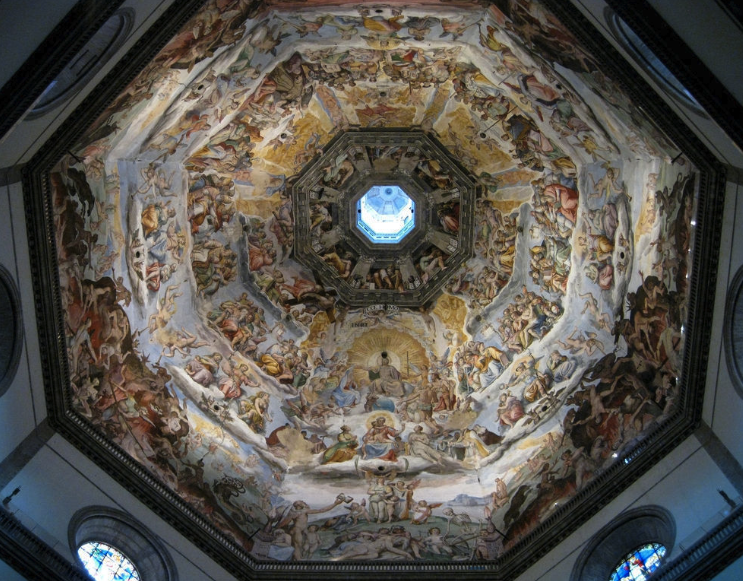
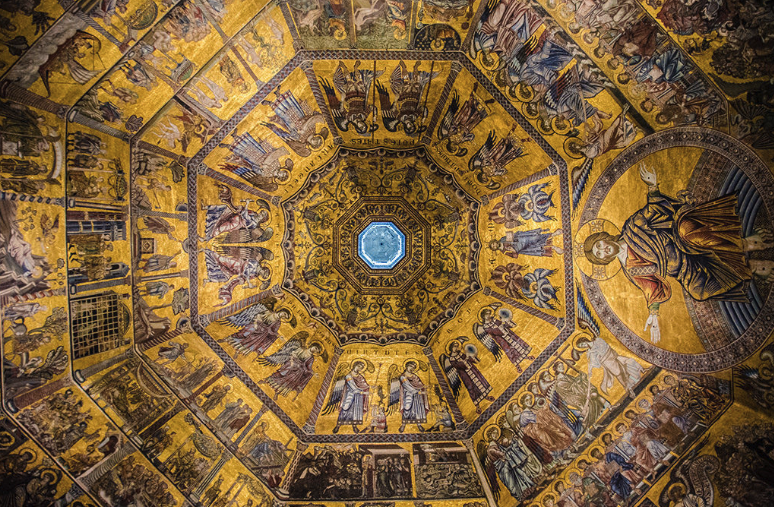
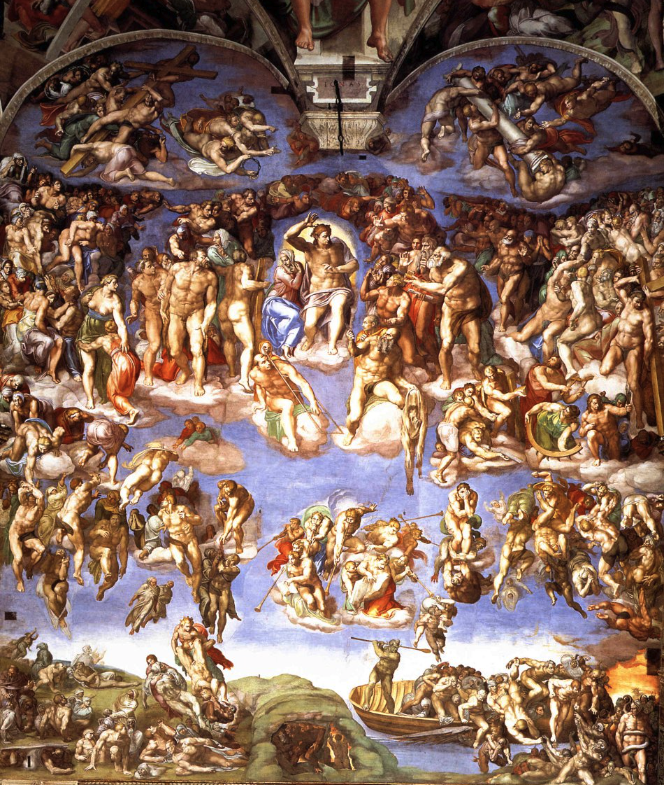
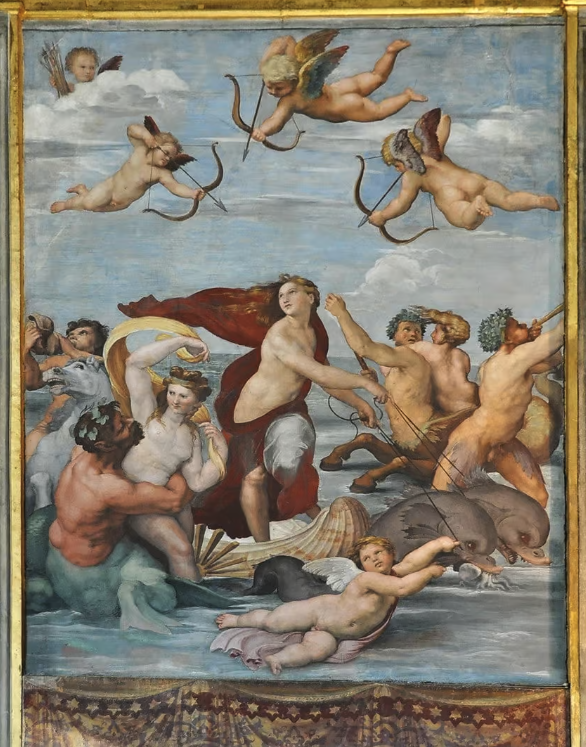
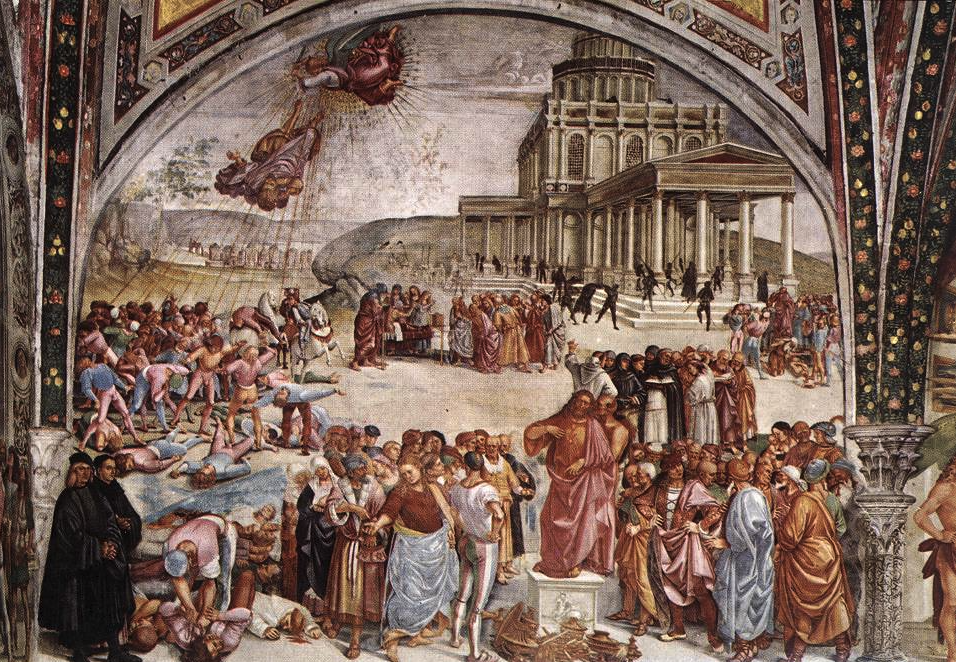
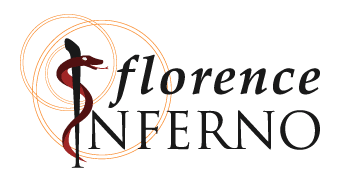

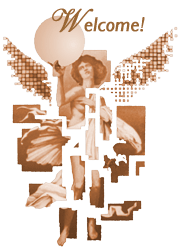
 RSS Feed
RSS Feed